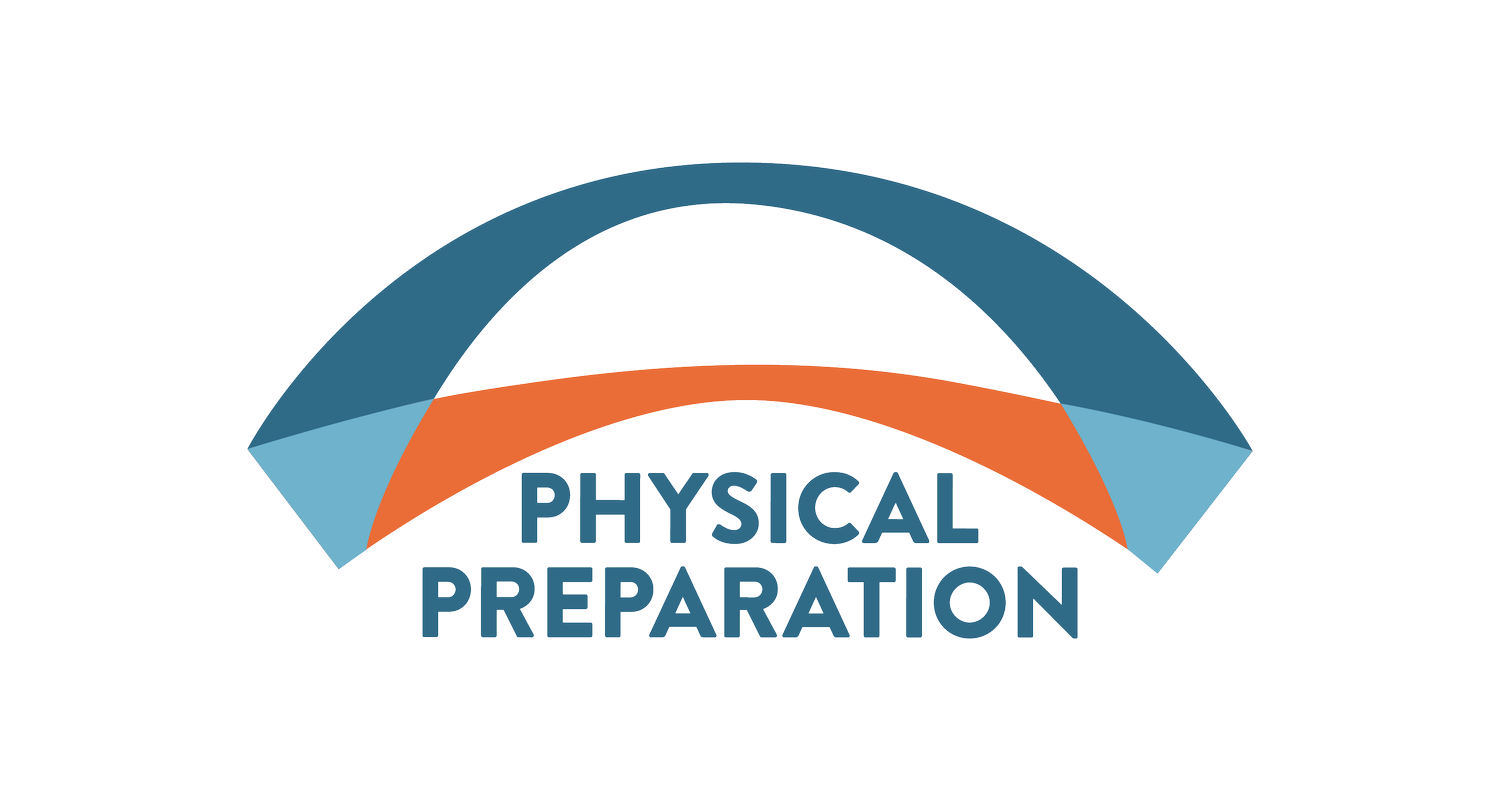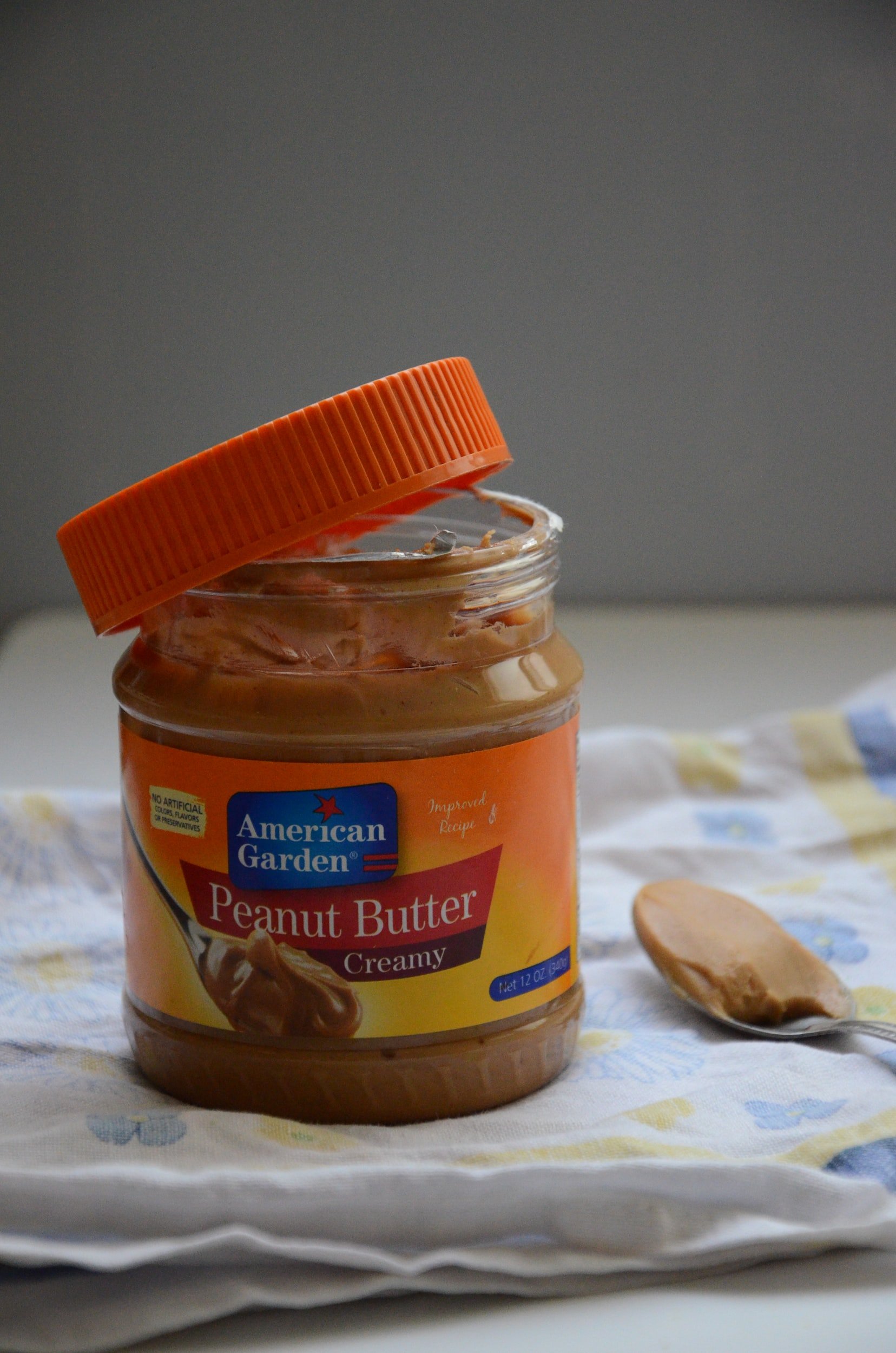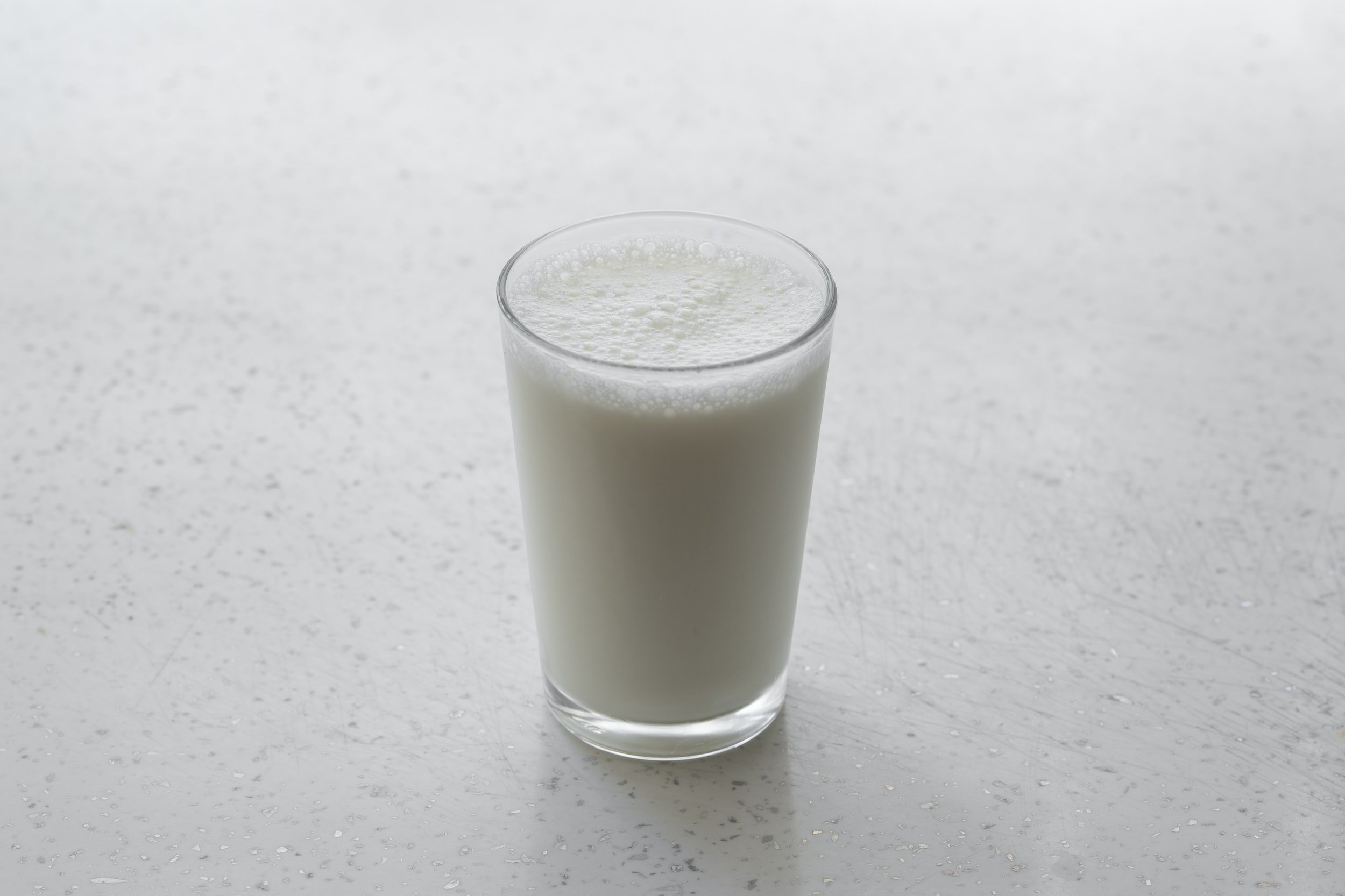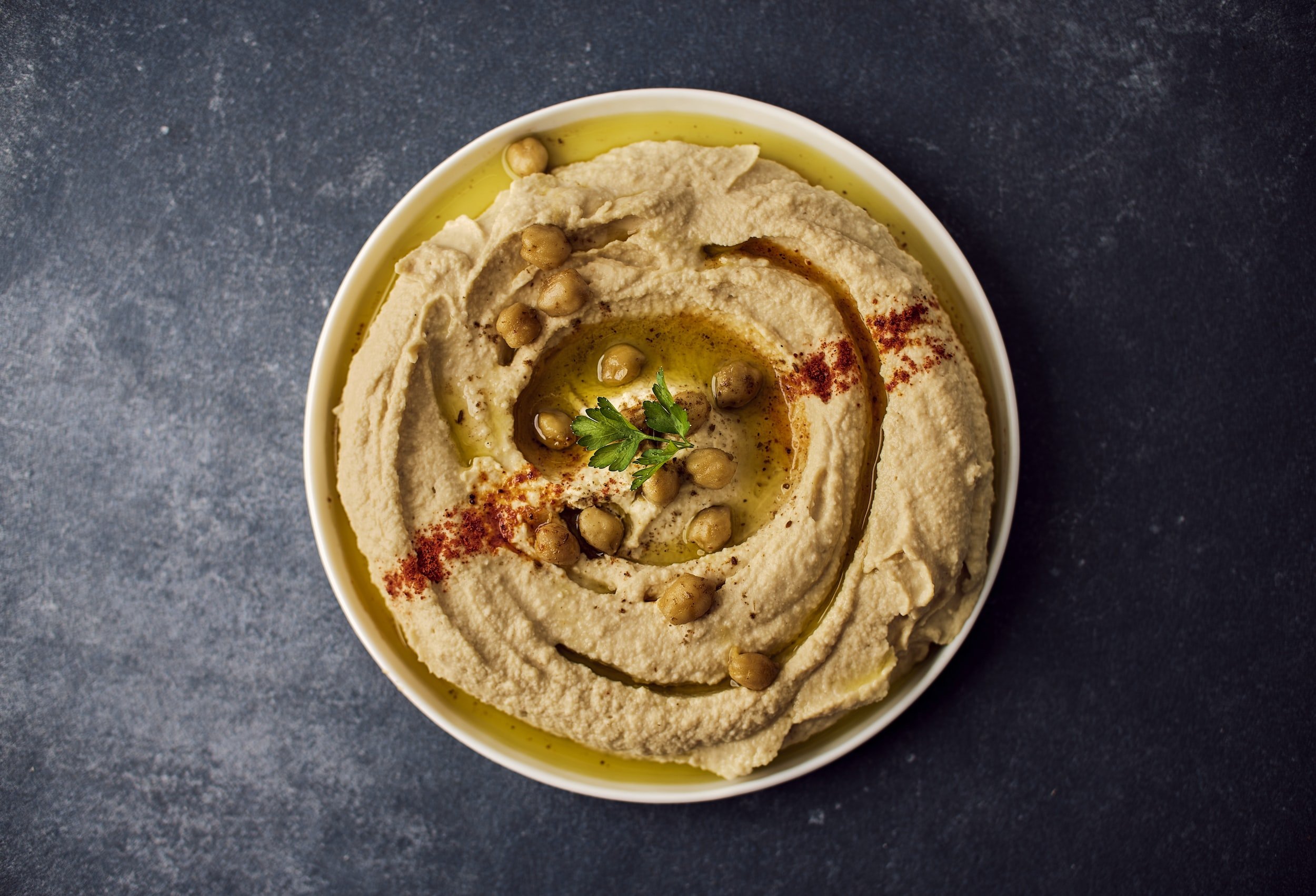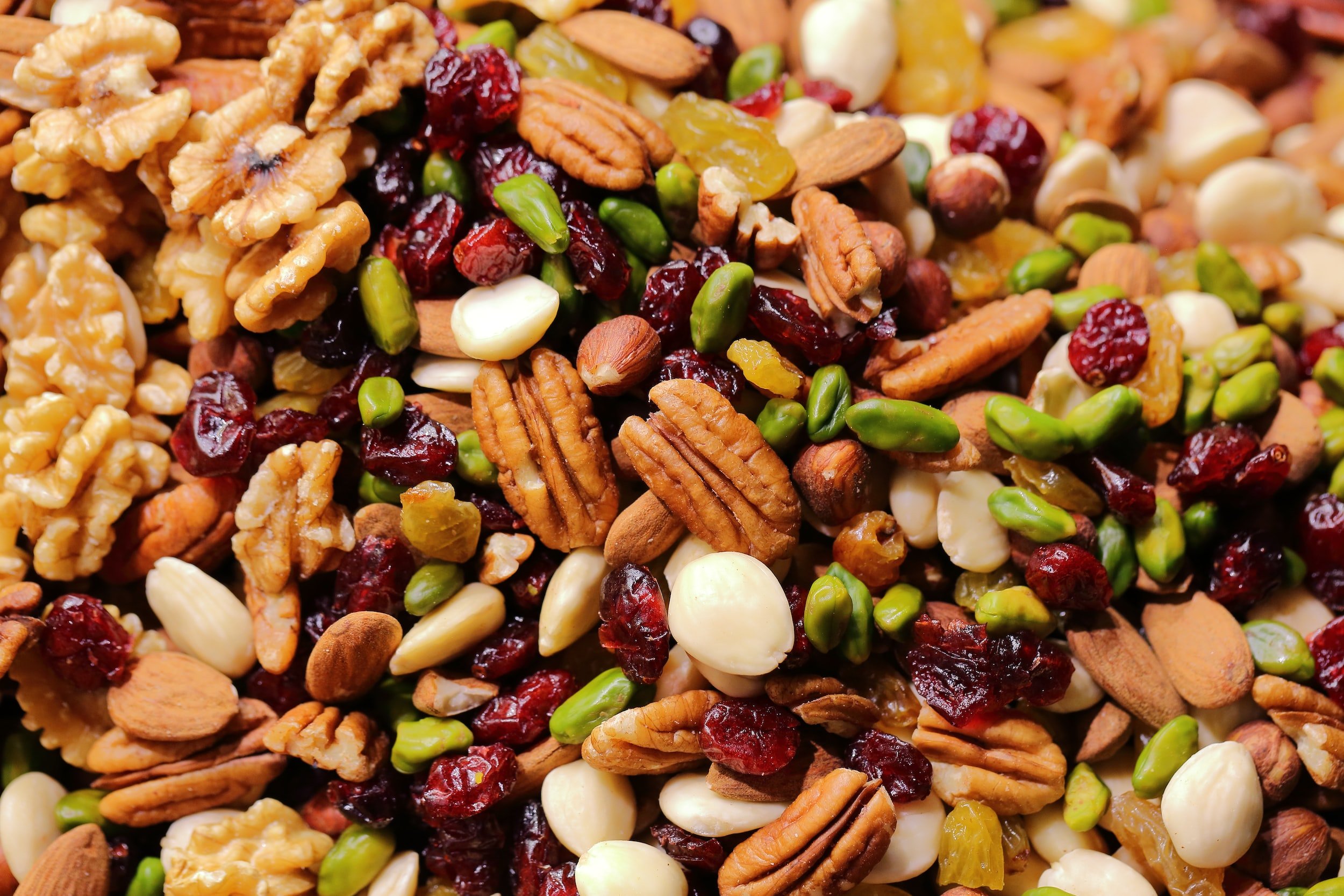Protein
Protein = Muscle fuel (1, 2)
After an injury it is important to maximize healing and protein intake is often forgotten about, even though it helps to build your muscles while also enhancing structural changes in your tendons and bones. (2)
You need to consume adequate amounts of protein to fuel your muscles: (1,2)
Growth
Development
Recovery
Poor protein intake = poor performance
If you are a healthy athlete looking to gain strength the optimal amount of daily protein you should be consuming falls between:
1.5 – 2.2g per kg of body weight (1-3)
-100lbs = 68 – 99g of Protein/day
-120lbs = 81– 119g of Protein/day
-140lbs = 95 – 138g of Protein/day
-160lbs = 108 – 158g of Protein/day
-180lbs = 122 – 178g of Protein/day
-200lbs = 135 – 200g of Protein/day
-220lbs = 149 – 220g of Protein/day
Protein Sources
1 tbsp Natural peanut butter = 4g
2 tbsp Chia seeds = 5g
1 large Egg = 6g
1 slice of Cheese = 7g
1 cup Milk = 8g
1 Greek yogurt container = 8g
1 cup Quinoa = 8g
1/2 cup Beans (Kidney, Black) = 8g
1/2 cup of Hummus = 9.5g
1/2 cup of Nuts = 13.5g
3 oz Beef, Fish or Pork = 21g
3 oz Chicken Breast = 26g
3 Daily Meals Balanced Protein Recommendations (1-4)
-100lbs = 23g/meal
-120lbs = 27g/meal
-140lbs = 32g/meal
-160lbs = 36g/meal
-180lbs = 41g/meal
-200lbs = 45g/meal
-220lbs = 50g/meal
5 Daily Meals Balanced Protein Recommendations (1-4)
-100lbs = 14g/meal
-120lbs = 16g/meal
-140lbs = 19g/meal
-160lbs = 22g/meal
-180lbs = 24g/meal
-200lbs = 27g/meal
-220lbs = 30g/meal
Protein intake Post Exercise (2)
15-25g
0-2 hours post exercise
Food based proteins preferred
When not available, 3rd party tested protein powder supplements can provide a practical alternative
How to Find out Protein levels?
Protein Helps to Counteract Anabolic Resistance
Older athletes can develop Anabolic Resistance, which is a slowed response to protein intake and strength training. (4-6)
We all lose muscle mass as we age, which is termed sarcopenia. Sarcopenia typically affects our type II or fast twitch muscles fibres, beginning in our 40s-50s and advances annual thereafter. (4,6,7)
Sarcopenia can be accelerated during periods of muscle disuse or unloading from injures, illnesses or hospitalizations.
As we age the consequences of sarcopenia include an increased risk of developing chronic diseases, falls, fractures, loss of independence and death.
It appears that sarcopenia is actually due to anabolic resistance. Interestingly anabolic resistance may be mostly attributed to reduced physical activity levels and lower protein intake in the older population (5,6)
Since aging is associated with anabolic resistance, older athletes require greater relative protein intakes to maintain muscles and don’t respond as quickly to strength training. (3-5)
Unfortunately what typically happens is: (4)
- 8g Breakfast (Goal = 20-30g)
-12g Lunch (Goal = 20-30g)
-40g Dinner (Goal = 20-30g)
That’s why it’s important for older athletes to ingest a balanced amount of protein (20-30g) across a minimum of 3 meals a day, along with strength training 2-3 times / week. (3-5)
-
1) Desbrow, B. (2021). Youth Athlete Development and Nutrition. Sports Med, 51 (Suppl 1), 3-12
2) Thomas D. T., Erdman, K. A., & Burke, L. M. (2016). American College of Sports Medicine Joint Position Statement. Nutrition and Athletic Performance. Med Sci Sports Exerc, 48(3), 543-568
3) Morton, R. W., Murphy, K. T., McKellar, S. R., Schoenfeld, B. J., Henselmans, M., Helms, E., et al. (2018). A systematic review, meta-analysis and meta-regression of the effect of protein supplementation on resistance training-induced gains in muscle mass and strength in healthy adults. Br J Sports Med, 52(6), 376-384
4) Breen, L., & Phillips, S. M. (2011). Skeletal muscle protein metabolism in the elderly: Interventions to counteract the 'anabolic resistance' of ageing. Nutrition & metabolism, 8(68), 1-11
5) Moore, D. R., Churchward-Venne, T. A., Witard, O., Breen, L., Burd, N. A., Tipton, K. D., & Phillips, S. M. (2015). Protein ingestion to stimulate myofibrillar protein synthesis requires greater relative protein intakes in healthy older versus younger men. Gerontology, 70(1), 57–62
6) Wall, B. T., Gorissen, S. H., Pennings, B., Koopman, R., Groen, B. B., Verdijk, L. B., & van Loon, L. J. (2015). Aging Is Accompanied by a Blunted Muscle Protein Synthetic Response to Protein Ingestion. PloS one, 10(11), e0140903
7) Grosicki, G. J., Zepeda, C. S., & Sundberg, C. W. (2022). Single muscle fibre contractile function with ageing. Physiology, 600(23), 5005–5026
